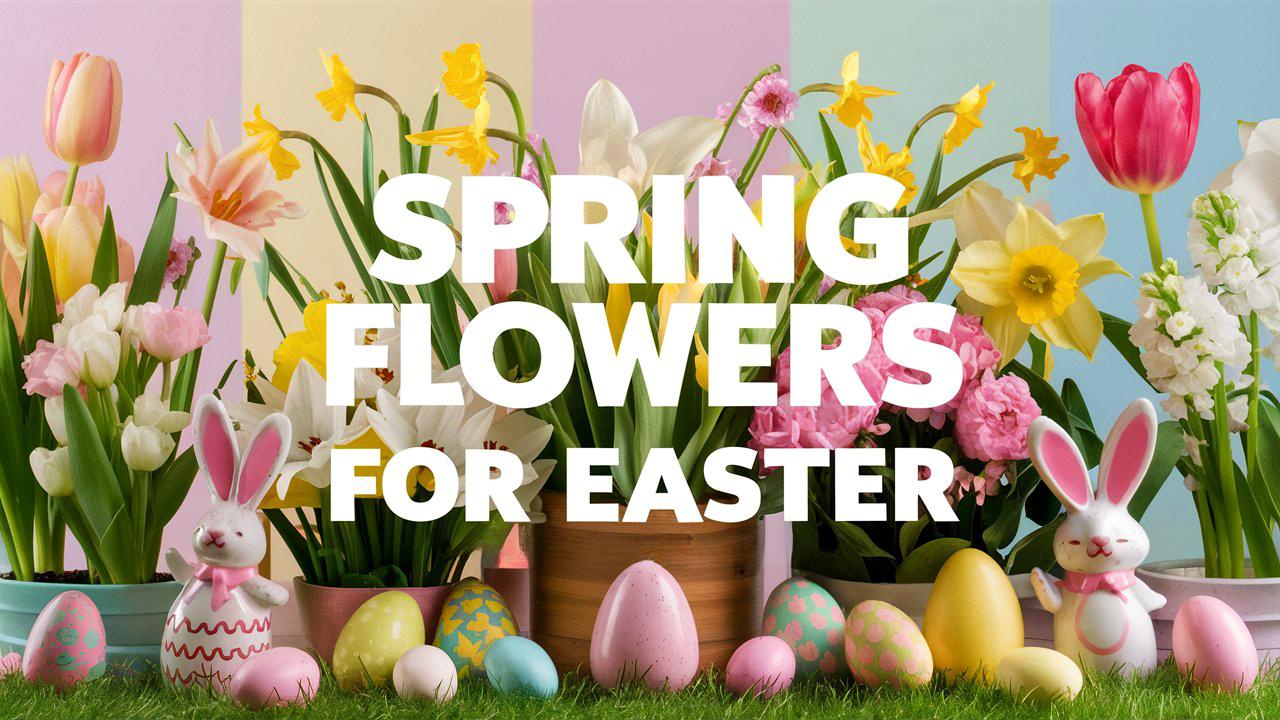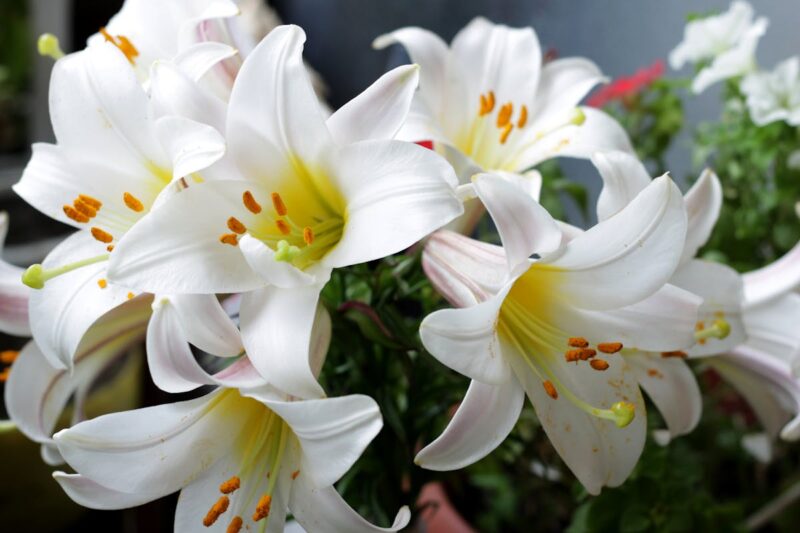On this page, we’ll explore a collection of beautiful spring flowers that are perfect for Easter, offering tips on how to incorporate them into your celebrations, whether in floral arrangements, home decor, or as heartfelt gifts.
Easter Lily
Oh, the Easter lily! It’s hard to think about Easter without picturing this stunning flower. The Easter lily (Lilium longiflorum) boasts large, white, trumpet-shaped blooms, which symbolize purity and virtue—perfectly aligned with the essence of the holiday. These lovely lilies often appear in churches and homes during Easter celebrations, bringing a sense of peace and hope.
Planting Easter lilies can be a rewarding experience. They flourish in well-drained soil and prefer a spot that gets plenty of morning sun but is sheltered from the harsh afternoon light. If you decide to plant them, you’ll be pleased to know that once the flowering season passes, you can move them outdoors where they can bloom beautifully year after year.
Viola
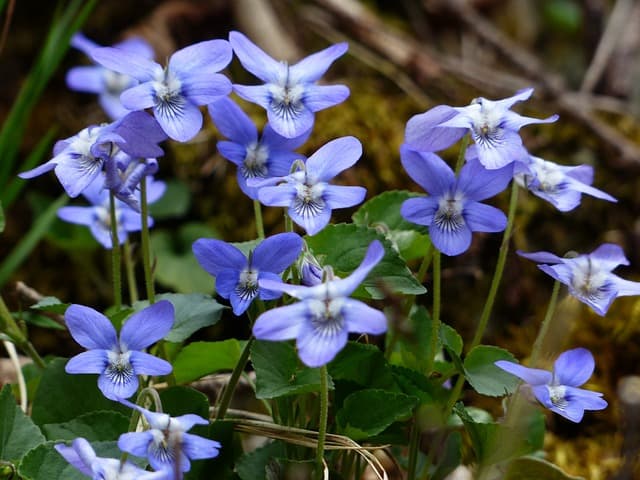
With their charming little faces and vibrant colors, violas add a touch of playfulness to your Easter decorations. These delightful flowers are often associated with love and faithfulness, making them a lovely choice for the holiday. Available in almost every color imaginable, they can beautifully complement your Easter palette.
Violas are incredibly easy to grow, making them perfect for beginners. They thrive in full sun to partial shade and appreciate well-drained, moist soil. To keep your garden looking fresh, remember to deadhead the spent blooms; this encourages the plants to produce even more flowers. Imagine a garden bursting with cheerful violas, setting a joyful tone for your Easter gatherings!
Tulip
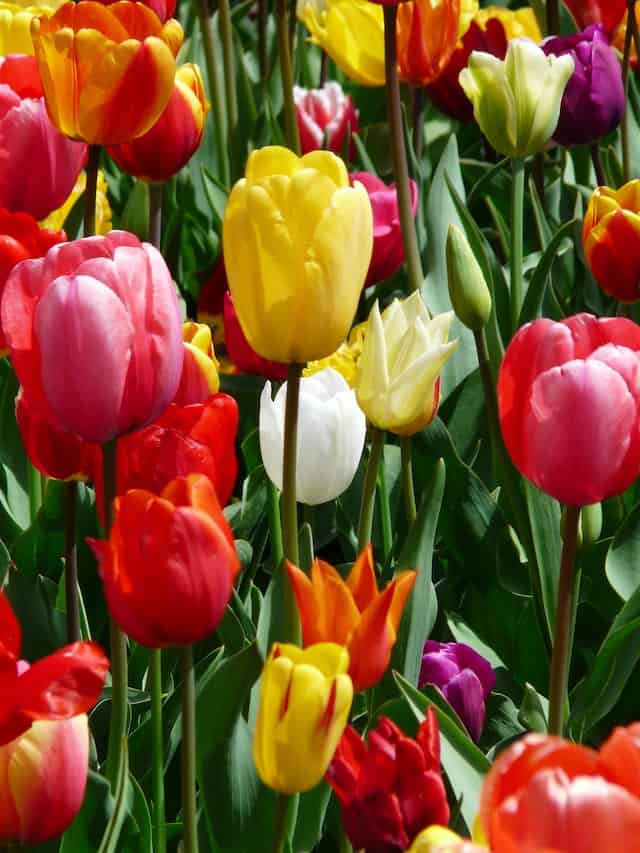
When we think of spring, tulips (Tulipa spp.) often steal the spotlight. These graceful flowers, symbolizing love and passion, come in a kaleidoscope of colors that can invigorate your Easter celebrations. They’re truly a feast for the eyes!
To successfully grow tulips, plant the bulbs in well-drained soil during the fall for a beautiful spring show. They thrive in sunny locations, and their bold blooms can serve as focal points in any floral arrangement or outdoor display. Once they finish flowering, let the leaves die back naturally—this process allows the bulbs to gather energy for next year’s bloom. Who wouldn’t want to witness that burst of color year after year?
Daffodil
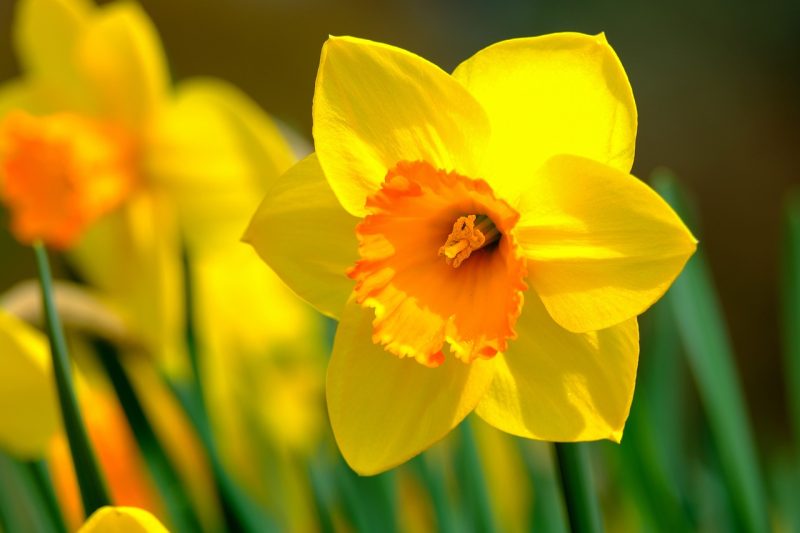
There’s something just so uplifting about seeing daffodils (Narcissus) bloom after a long winter. Known as one of the first flowers of spring, these cheerful, trumpet-shaped blossoms burst onto the scene in shades of sunny yellow and pure white, symbolizing rebirth. Their arrival aligns perfectly with the Easter theme of new beginnings.
Daffodils are quite hardy and thrive in well-drained soil with plenty of sunlight. Once planted in the fall, they require minimal care and will faithfully return each spring. When they bloom, consider cutting some for a bouquet or simply enjoy their beauty in your yard—a lovely reminder of spring’s promise.
Primrose
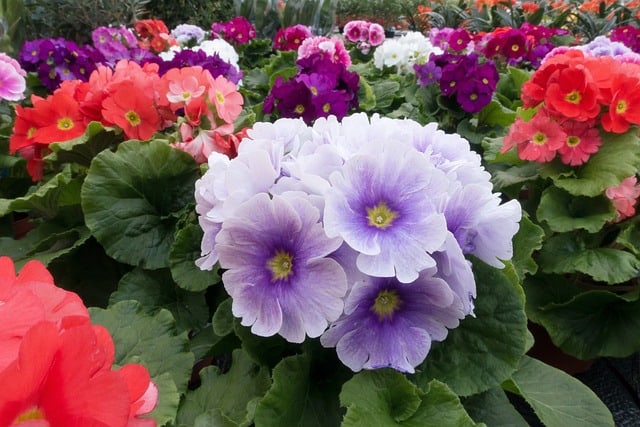
Primroses are like little treasures of spring, with their sweet, delicate blooms brightening gardens everywhere. They symbolize youth and renewal, perfectly echoing the Easter message of hope and fresh starts. Available in an array of cheerful colors, they can easily bring a smile to your face.
Primroses thrive in well-drained, moist soil and prefer cooler conditions. By planting them in a shady nook or under taller plants, you can create a lovely, layered effect in your garden. The sight of these little blooms swaying in the gentle spring breeze is sure to make your Easter celebration even more special!
Hyacinth
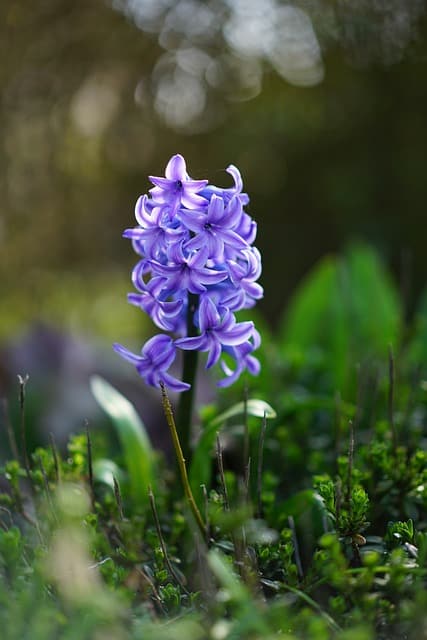
Hyacinths (Hyacinthus orientalis) are renowned for their intoxicating scent and beautiful clusters of flowers, bringing a sweet and fragrant touch to your Easter. These flowers symbolize sincerity and perseverance, ideal themes for the season.
When you plant hyacinth bulbs in the fall, ensure they are in well-drained soil and receive plenty of light. The moment they bloom in early spring, their heavenly fragrance can transform any space into a breathtaking garden of scent. Imagine filling your home with fresh hyacinths, creating an inviting atmosphere for your Easter festivities.
Easter Cactus
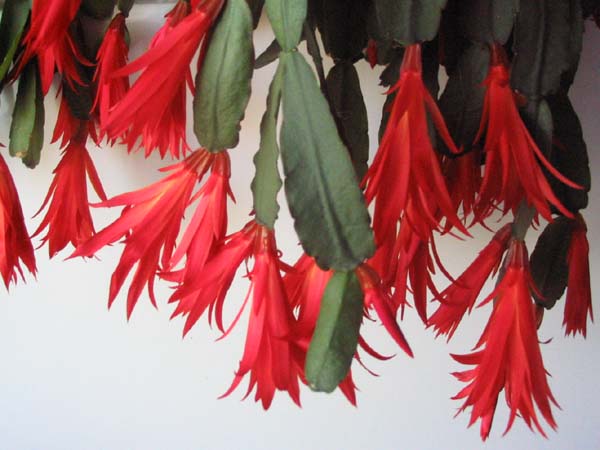
The Easter cactus (Hatiora gaertneri) is a unique plant that bursts into bloom just in time for the holiday, showcasing vibrant pink, red, or white tubular flowers. As it blooms, it serves as a reminder of resilience and beauty in difficult times.
To keep your Easter cactus thriving, place it in bright, indirect sunlight and let the soil dry between waterings. This easy-care plant can be a stunning centerpiece on your table during Easter, displaying its colorful blooms while signifying the joy of the season.
Orchid
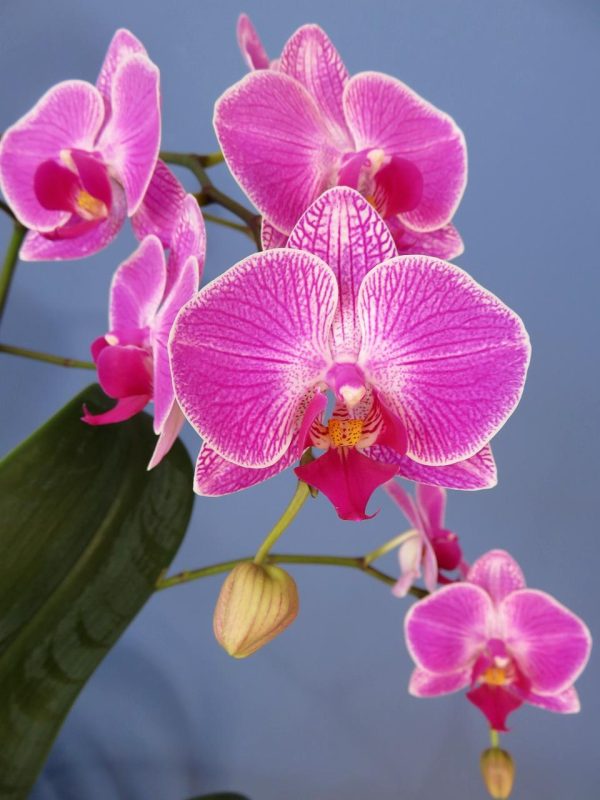
If you want to bring a touch of elegance to your Easter celebrations, consider adding orchids to your floral decor. Known for their delicate beauty, these flowers symbolize love and strength, making them a meaningful addition to your arrangements.
Orchids thrive in bright, indirect light and prefer high humidity and well-drained potting mixes. Water them weekly, but let them dry out a bit in between, as they’re sensitive to overwatering. Presenting orchids at your Easter gathering can elevate the entire atmosphere, impressing your guests while enriching the holiday spirit.
Crocus
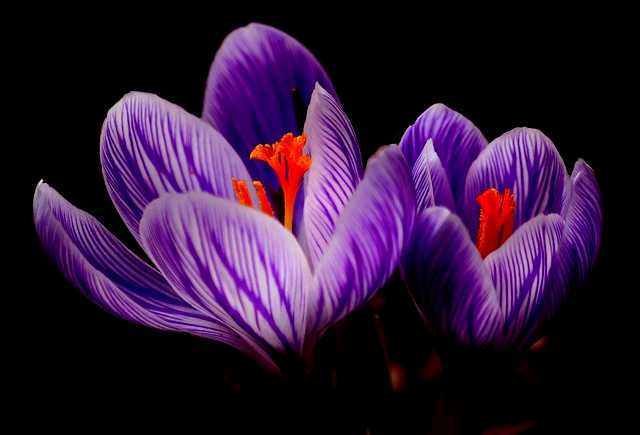
Crocuses are one of nature’s first signs of spring, often pushing through the snow to greet us. Their vibrant colors symbolize cheerfulness and the optimism of new beginnings—perfectly encapsulating the essence of Easter.
These charming bulbs should be planted in the fall, nestled in well-drained soil and a sunny spot. When they bloom in early spring, the sight of crocuses can brighten any garden or arrangement, providing a warm welcome to the season ahead. Imagine witnessing these cheerful flowers emerging from the earth as a beautiful reminder of Easter’s promise.
Lenten Rose
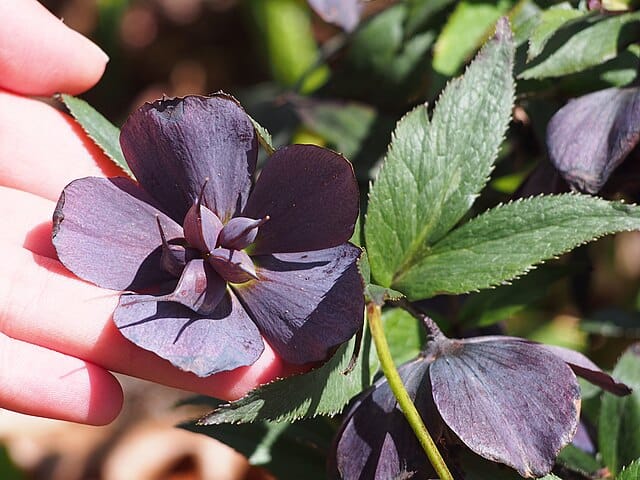
Lenten roses (Helleborus orientalis) are unique and intriguing flowers that bloom just in time for Easter. With their nodding blooms available in shades of pink, purple, and white, they symbolize patience and deep love and are a lovely addition to any spring garden.
These flowers prefer a cool and shady environment, thriving in well-drained, organic-rich soil. After the blooms fade, leave the foliage in place to gather energy for the following year’s growth. Adding Lenten roses to your Easter decor can add an unexpected touch of elegance and beauty.
Cyclamen
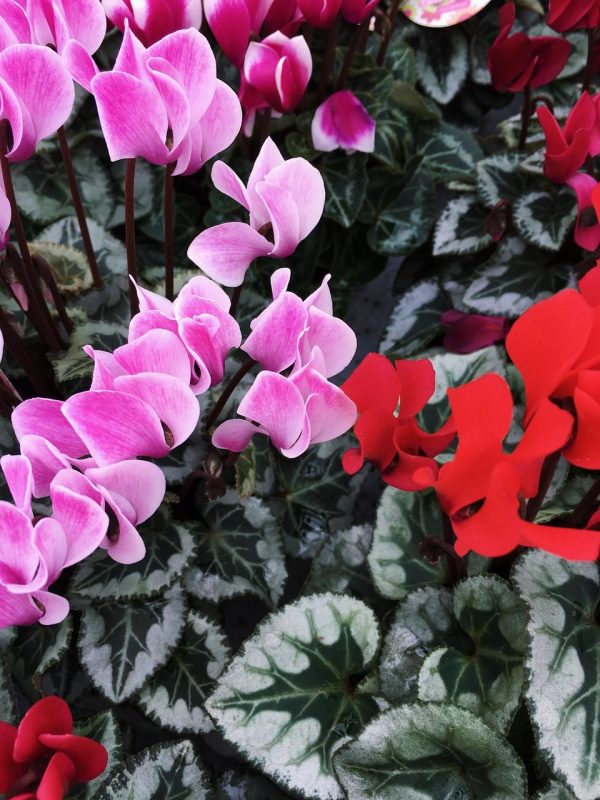
Cyclamen are enchanting little flowers with their exquisite upswept petals and heart-shaped leaves. These spring beauties are available in various colors and symbolize deep love and resignation, making them a meaningful gift during Easter.
Cyclamen thrive in cool temperatures, so keep them in bright, indirect light. Water them once a week, allowing their soil to dry out in between. These flowers can last for several weeks, enhancing your Easter celebrations while radiating beauty and warmth.
Sweet Alyssum
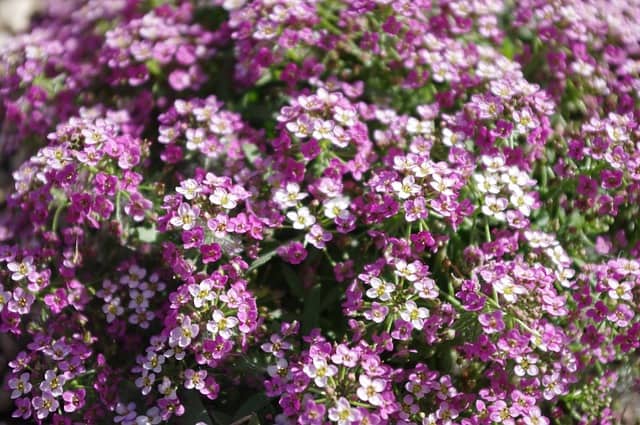
Sweet Alyssum (Lobularia maritima) is a delightful little flower known for its tiny, fragrant blossoms that create beautiful carpets of color. These cheerful blooms symbolize beauty and joy, making them a lovely choice for Easter.
Sweet Alyssum thrives in well-drained soil and enjoys full sun or partial shade. Once established, they require minimal care and can tolerate drought. Their delicate aroma makes them perfect for borders or hanging baskets—just imagine their sweet scent welcoming your guests to your Easter gathering!
Forsythia
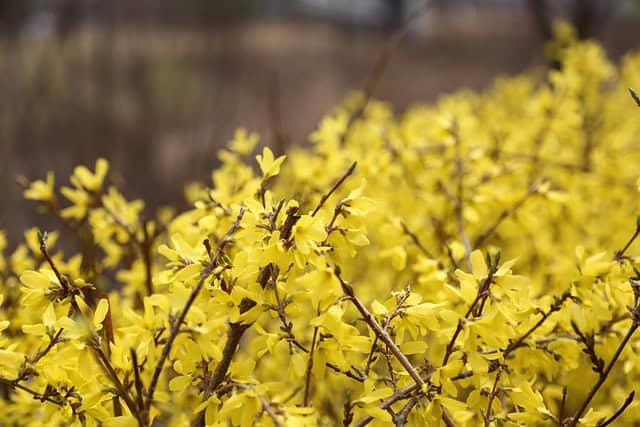
Forsythia, with its vivid yellow flowers, is one of the first shrubs to bloom in spring, giving us a warm, cheerful welcome to the season. Symbolizing optimism and anticipation, forsythia makes a wonderful statement during Easter.
To cultivate forsythia, plant it in well-drained soil where it can soak up plenty of sun. After the vibrant blooms fade, trimming back the branches will help promote bushier growth for the following year. Setting up several forsythia branches in a vase can create a lovely display, ushering in the Easter season with gratitude and joy.
Baby’s Breath
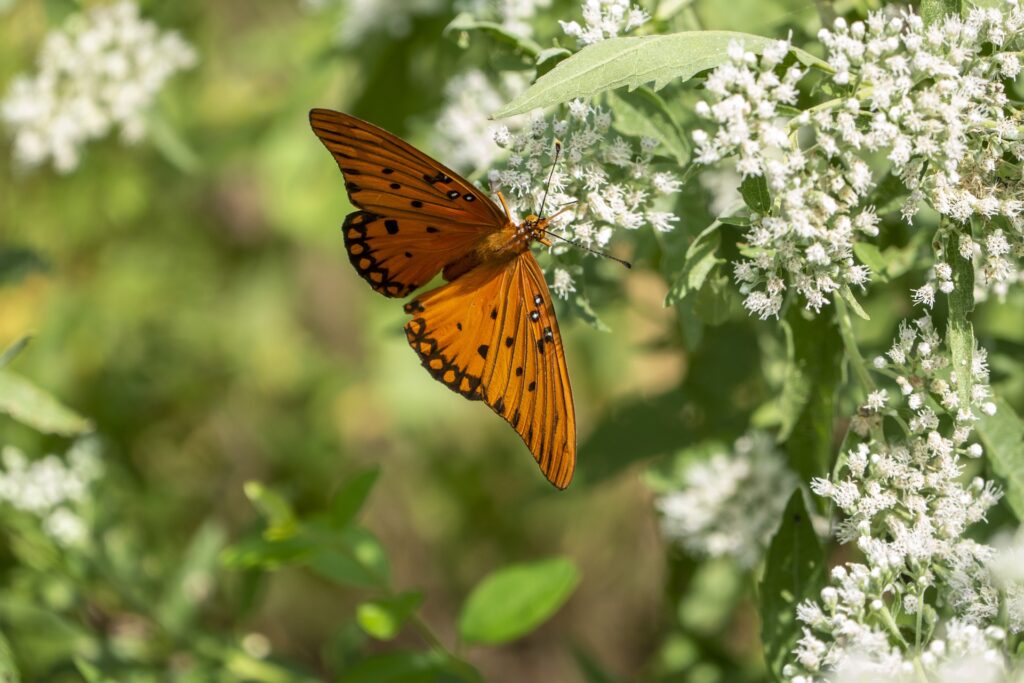
Baby’s breath (Gypsophila paniculata) is a delicate and airy flower commonly used as a filler in bouquets. Its innocent little blooms symbolize everlasting love, making it a beautiful complement to the stronger flowers in your Easter arrangements.
These flowers adore well-drained soil and plenty of sunshine. Once established, they require minimal upkeep and can thrive even in drought conditions. Picture a bouquet of vibrant spring flowers adorned with clusters of Baby’s breath, creating an enchanting centerpiece for your Easter table!
Carnation
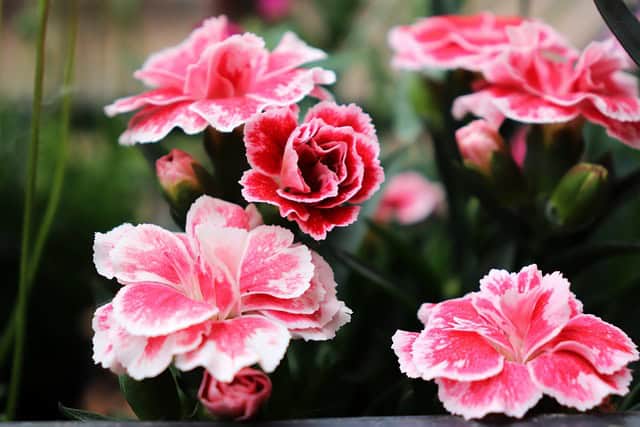
Carnations (Dianthus caryophyllus) are beloved for their lush, ruffled petals and long-lasting nature. Available in nearly every color, they resonate with enduring love, making them a heartfelt choice for Easter bouquets.
For robust growth, plant your carnations in full sun with well-drained, fertile soil. Regular watering and deadheading spent blooms will encourage more vibrant flowers throughout the season. Imagine a beautiful Easter bouquet, reflecting your love and care for family and friends!
Anemone
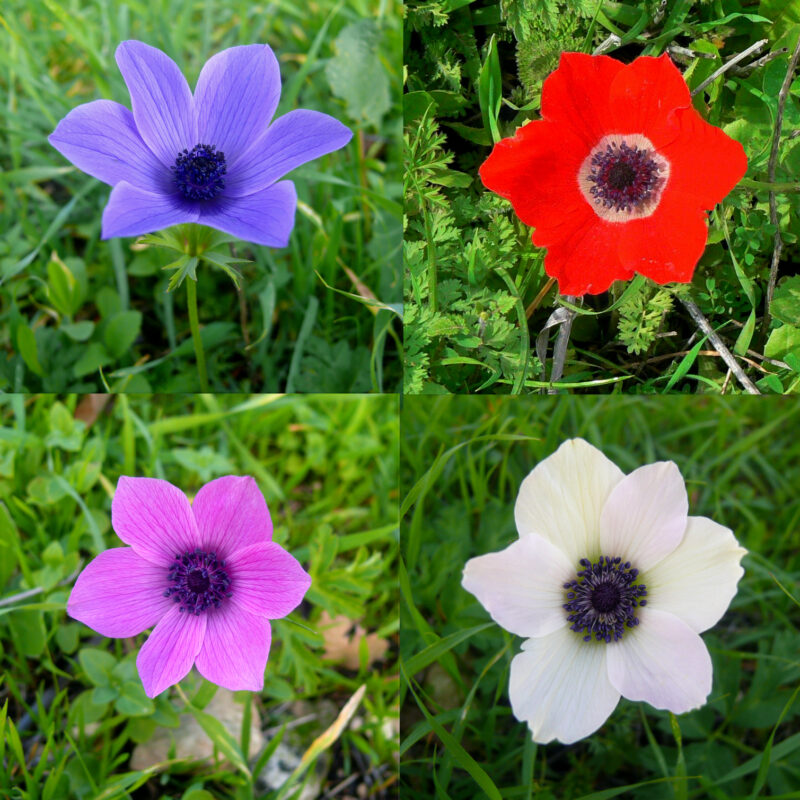
Anemones are striking flowers that can bring a touch of whimsy to your Easter floral arrangements. Their vibrant colors and unique petal shapes symbolize anticipation and protection, aligning gracefully with the spirit of the season.
Plant your anemones in well-drained soil, giving them access to full sun or partial shade. They thrive with moderate moisture during their development but will appreciate reduced watering once established. Adding anemones to your Easter decor can create a striking visual and stir excitement for spring.
Grape Hyacinth
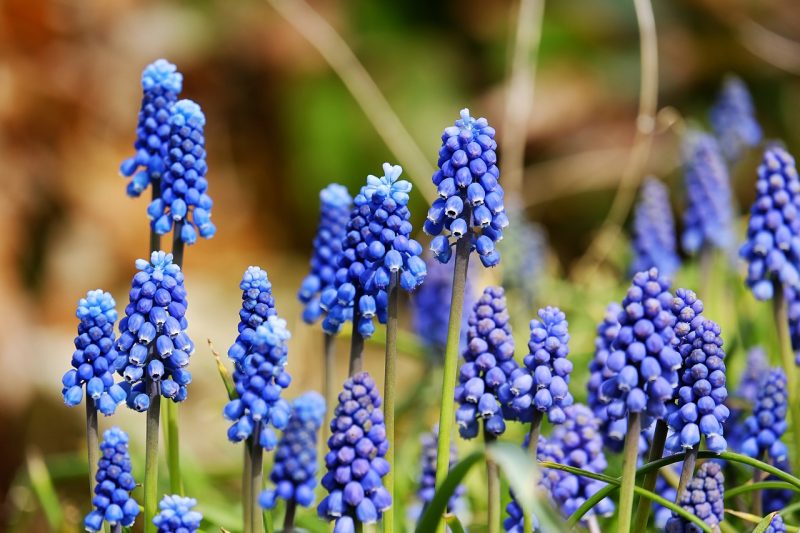
Grape hyacinths (Muscari) are small but mighty flowers that add a lovely touch to spring gardens. Their clusters of tiny blue, purple, or white blooms symbolize humility, making them a sweet addition to any Easter celebration.
Planting grape hyacinth bulbs in the fall is the best way to ensure a colorful spring display. They thrive in well-drained soil and full sunlight. Once they bloom, they naturally spread, delighting your garden year after year—a beautiful reminder of the joy that each Easter brings.
Pansy
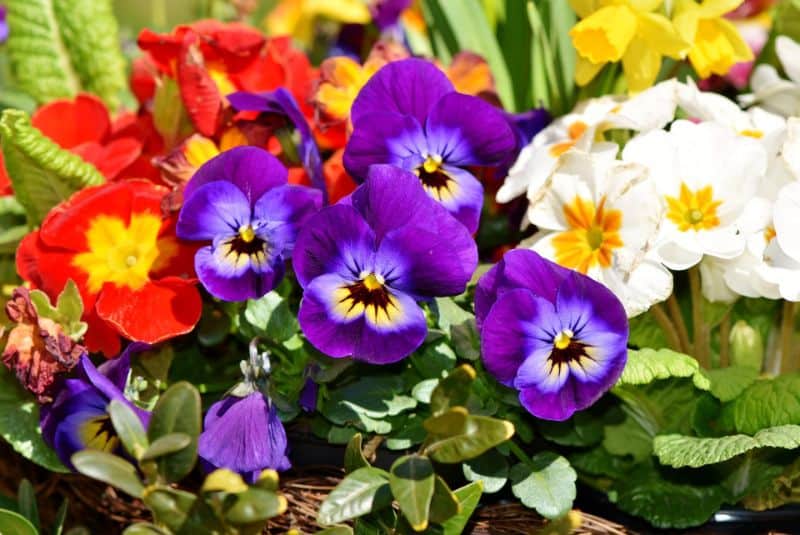
Pansies (Viola tricolor var. hortensis) are happily known for their cheerful blooms that resemble smiling faces. With their wide variety of colors and patterns, they symbolize loving thoughts, making them an absolutely fitting flower for Easter.
Pansies enjoy cool weather, so they’re perfect for planting in early spring. They thrive in well-drained soil and appreciate regular watering. Picture a garden filled with cheerful pansies, their vibrant hues creating a sense of joy and warmth as you gather with loved ones during this special holiday.


